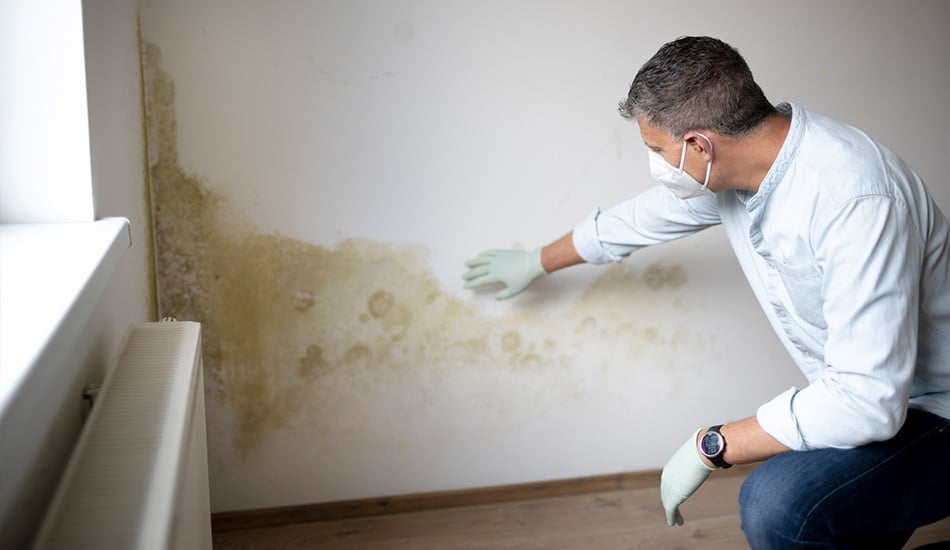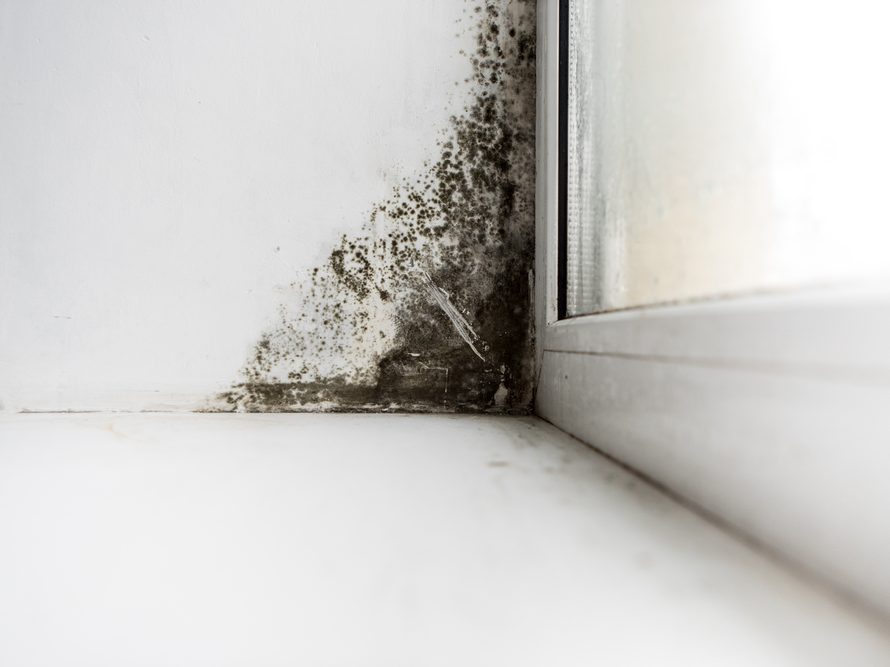After Mold Remediation Approaches for Clean Areas
After Mold Remediation Approaches for Clean Areas
Blog Article
Professional Tips for Message Mold Remediation Success
In the world of mold and mildew remediation, successfully eliminating mold is just half the battle; the real obstacle exists in preventing its reappearance. Post-remediation efforts play a crucial role in ensuring a mold-free environment in the long-term. By sticking to professional ideas and best practices, people can protect their areas versus mold and mildew revival and keep a healthy indoor setting. It is in this stage of the remediation process that interest to detail and proactive measures really make a distinction.
Monitor Moisture Degrees Regularly
Normal surveillance of moisture levels is crucial in ensuring the effectiveness of message mold and mildew remediation initiatives. After finishing mold remediation treatments, preserving optimal humidity degrees is essential to avoid mold and mildew re-growth and ensure a healthy and balanced indoor atmosphere. Monitoring moisture levels permits for very early discovery of any type of spikes or changes that might possibly result in mold resurgence. High humidity levels over 60% create a favorable setting for mold and mildew to grow, making regular keeping an eye on a proactive measure to prevent any type of future mold concerns - Post Mold remediation cleaning.
Additionally, establishing a regular schedule for moisture checks, especially in risky locations such as basements, cooking areas, and bathrooms, is a positive method to mold prevention. By continually monitoring humidity levels, residential or commercial property proprietors can effectively reduce the danger of mold reoccurrence and keep a healthy and balanced indoor environment post-remediation.
Conduct Thorough Inspections Post-Remediation
Following the completion of mold and mildew removal treatments, it is imperative to perform thorough evaluations to validate the effectiveness of the remediation process. These post-remediation assessments are important in making certain that the mold issue has actually been effectively resolved and that there is no recurrence or staying mold and mildew development. Evaluations ought to be lugged out by qualified specialists that have proficiency in identifying mold and evaluating interior air quality.
During these examinations, various methods such as aesthetic analyses, air sampling, and surface area tasting may be used to thoroughly examine the remediated locations. Aesthetic evaluations involve a thorough evaluation of the properties to check for any kind of noticeable indicators of mold development or water damages. Air sampling assists in determining the airborne mold and mildew spore degrees, while surface area tasting can discover mold and mildew fragments on surfaces.
Implement Correct Air Flow Techniques
After making sure the effectiveness of the mold remediation procedure via comprehensive assessments, the following critical action is to focus on applying correct ventilation methods. Appropriate air flow is necessary in avoiding mold and mildew reoccurrence by managing wetness levels and advertising air flow.
Appropriate air flow not only help in avoiding mold growth yet also adds to the total wellness and convenience of owners. By guaranteeing adequate air flow throughout the residential or commercial This Site property, you can minimize the risk of mold and mildew regrowth and create a healthier living setting.

Usage Mold-Resistant Materials for Repairs
To improve the long-lasting performance of mold and mildew removal initiatives, integrating mold-resistant products for repair work is important in minimizing the threat of future mold and mildew development. Mold-resistant materials are created to endure wetness and inhibit mold and mildew development, making them a necessary choice for areas susceptible to wetness and humidity. When repairing areas impacted by mold, making use of products such as mold-resistant drywall, mold-resistant paints, and mold-resistant caulking can assist protect against mold reoccurrence.
Mold-resistant drywall is a superb choice to traditional drywall in locations like basements and bathrooms where moisture levels are higher. This kind of drywall has a special finishing that resists mold development also when revealed to damp problems. Furthermore, using mold-resistant paints having antimicrobial agents can further prevent mold and mildew growth on wall surfaces and ceilings.
In locations where moisture prevails, such as bathrooms and cooking areas, making use of mold-resistant caulking around sinks, tubs, and windows can help secure out water and stop mold and mildew from taking hold in cracks and holes. By buying these mold-resistant materials during fixings post-remediation, you can dramatically reduce the likelihood of future mold and mildew issues and keep a healthier interior environment.
Maintain Tidiness and Address Water Issues
After mold removal, it is critical to maintain a tidy setting to protect against the regrowth of mold. Leakages, water invasion, or high moisture levels can develop the perfect reproduction ground for mold, so it is imperative to fix any kind of water-related troubles immediately.
To maintain cleanliness, take into consideration utilizing HEPA filters in vacuum cleaners and air purifiers to catch mold spores and avoid their circulation airborne. Making certain proper air flow in areas prone to moisture build-up, such click over here as shower rooms and kitchens, can help maintain moisture levels in check. By staying cautious regarding sanitation and addressing water issues immediately, you can effectively stop mold reinfestation and preserve a healthy interior atmosphere.
Verdict

In the world of mold and mildew remediation, successfully eradicating mold and mildew is only half the fight; the true challenge exists in preventing its reappearance. After finishing mold and mildew remediation procedures, maintaining ideal moisture levels is critical to protect against mold re-growth and guarantee a healthy and balanced indoor setting. High humidity degrees over 60% produce a conducive atmosphere for mold and mildew to prosper, making routine keeping track of a positive measure to avoid any kind of future mold concerns.
To enhance the long-term efficiency of mold and mildew removal efforts, including mold-resistant products for repairs is critical in reducing the risk of future mold development. After mold remediation, it is important to keep a clean atmosphere to protect against the regrowth of mold and mildew.
Report this page